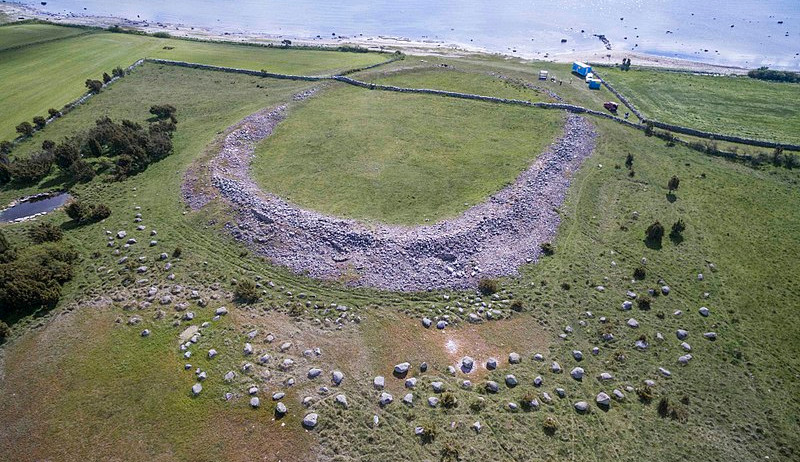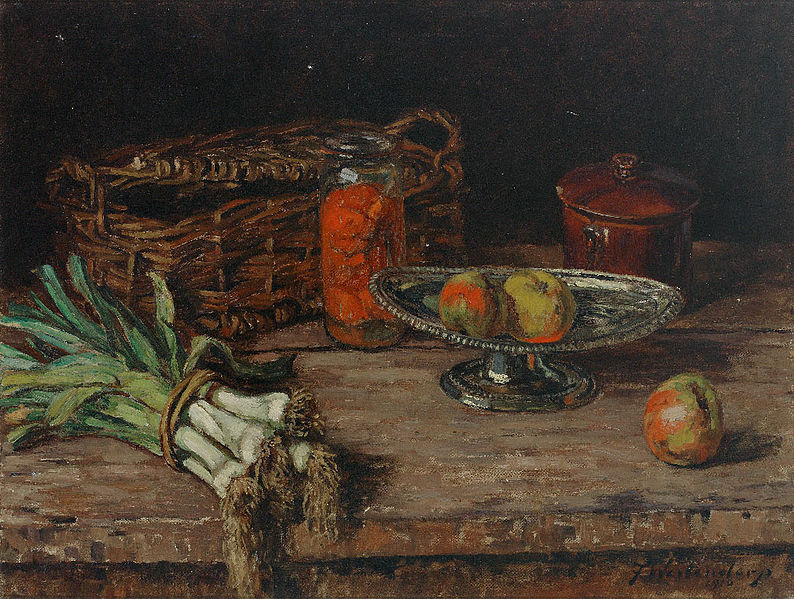From George Bernard Shaw’s “Maxims for Revolutionists,” 1903:
We are told that when Jehovah created the world he saw that it was good. What would he say now?
Youth, which is forgiven everything, forgives itself nothing: age, which forgives itself everything, is forgiven nothing.
Mens sana in corpore sano is a foolish saying. The sound body is a product of the sound mind.
The reformer for whom the world is not good enough finds himself shoulder to shoulder with him that is not good enough for the world.
Beware of the man who does not return your blow: he neither forgives you nor allows you to forgive yourself.
In moments of progress the noble succeed, because things are going their way: in moments of decadence the base succeed for the same reason: hence the world is never without the exhilaration of contemporary success.
If you injure your neighbor, better not do it by halves.
Two starving men cannot be twice as hungry as one; but two rascals can be ten times as vicious as one.
Decadence can find agents only when it wears the mask of progress.
Do not mistake your objection to defeat for an objection to fighting, your objection to being a slave for an objection to slavery, your objection to not being as rich as your neighbor for an objection to poverty. The cowardly, the insubordinate, and the envious share your objections.
It is dangerous to be sincere unless you are also stupid.
If history repeats itself, and the unexpected always happens, how incapable must Man be of learning from experience!




